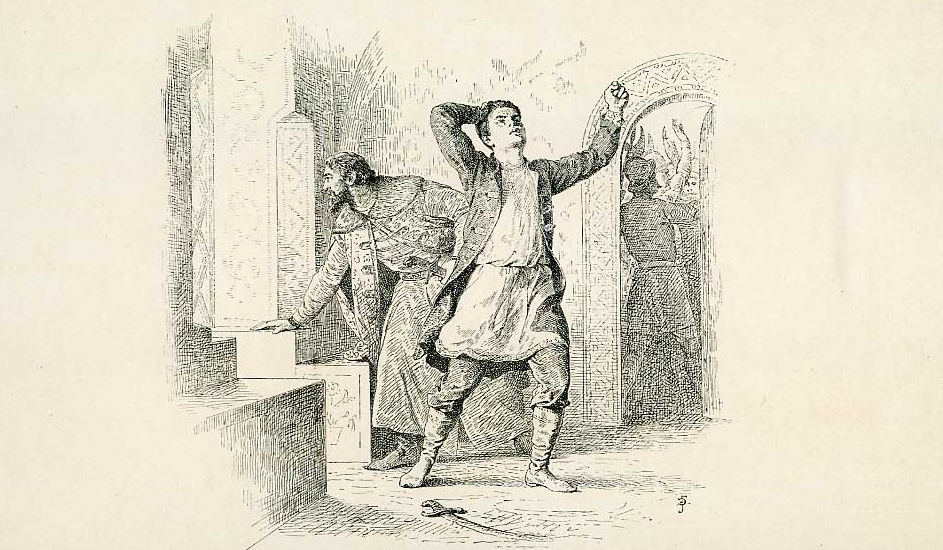
Mapping HIV: The Russian Cities that Suffer from the Highest HIV Mortality Rates
In Russia today, HIV infection rates have stabilized, but mortality rates in a number of Russian regions have increased. Most affected by the disease are cities in the Middle Volga region, the Urals, Western Siberia and the Baikal region. In these areas, the number of HIV deaths exceeds the national average, and the disease is gradually spreading from the cities to more rural areas, according to HSE demographers Aleksei Shchur and Sergey Timonin at the XX April International Research Conference.

We Demand It! Make it Happen. Help! Examining Population and Power through the Lens of Online Petitions
Over 40% of online petitions started by residents of central Russia get results. In the Far East, this is the case with only 2% of online petitions, while in the regions of the North Caucasus it is even less. Nadezhda Radina and Daria Krupnaya studied the willingness of authorities and businesses to respond to citizens’ digital activism based on data from the Change.org platform. Their research will appear in a forthcoming article in an upcoming issue of the journal, POLIS. Political Studies.

Odds of Success: How Engagement in Student Clubs Helps Undergraduates Find Good Employment
The more a student engages with various activities on campus, the higher their odds of success post-graduation. According to a study by HSE researchers, not only academic but also research and social engagement, such as participation in student organisations and events, can be linked to the development of critical thinking skills which are essential for general wellbeing as well as career advancement.

Gender Inequality in Academia
In Russia, women earn about 70% of what men earn in wages. In the academic sector, this gap is smaller. However, although women make up a majority at universities, wage gaps between the two genders still persist. To find out why this is the case, IQ.HSE spoke with Victor Rudakov, Research Fellow at the Institute of Institutional Studies.
_(14766938862).jpg)
Reproductive Evolution: How Birth Rates Are Changing in Post-Soviet Countries
Reproductive behavior is modernizing at different rates in post-Soviet countries. Things are changing faster in Russia, Armenia, Georgia and Ukraine, where, over the last fifteen years, the average maternity age has increased and the contribution of women in their thirties to their countries’ birthrates has grown. Meanwhile, old reproductive patterns persist in Azerbaijan, Kazakhstan and Kyrgyzstan, where firstborns are usually born to parents under 30, demographers Vladimir Kozlov and Konstantin Kazenin note in a paper delivered at HSE’s XX April International Academic Conference.
Healthy Aging Entails Reorganization of Function in Prefrontal Brain Areas
Researchers from HSE University and York University have become the first to analyse the results of 82 functional neuroimaging studies on working memory mechanisms in different adult age groups. The meta-analyses showed that across studies the agreement of various areas of the prefrontal cortex decreases with ageing, suggesting reorganization of brain function during healthy aging. The results have been published in the paper ‘Meta-analyses of the n-back working memory task: fMRI evidence of age-related changes in prefrontal cortex involvement across the adult lifespan’.
Live Long There and Prosper: How Internal Migration from Small Towns Works
More than half of school graduates in medium-sized Russian cities will change their place of residence either forever or at least for a long time. According a report on internal migration presented by HSE demographers at the XX April International Academic Conference, these people are lost to their cities.

Russian Blue Chips Prove Their Pricing Potential
Researchers from HSE University and London Business School have carried out research into the dynamics of the prices for Russian companies’ stocks and depositary receipts. The research indicates that, thanks to their price differences, there are opportunities for profitable trading with zero or, at least, minimum risk.
.jpg)
Art for Auction: The Shape of the Russian Art Market
Currently, the Russian art market is made up of more than 20 auction houses, about 100 major galleries, 9 big private collectors, and over 20 thousand professional artists. Though it shows a lot of promise, it still has yet to come into its own. Researchers of the HSE Centre of Development Institute studied the contemporary mechanisms in place for trading paintings, graphic art, photography and sculpture in Russia, and they published their findings in a paper, ‘The Russian Art Market: 2018’.

The Anxiety of Exposure: Why We Suffer from Imposter Syndrome
Researchers from the HSE Perm, in collaboration with an American colleague, confirmed the theory that impostor syndrome fully mediates the link between perfectionism and psychological distress

